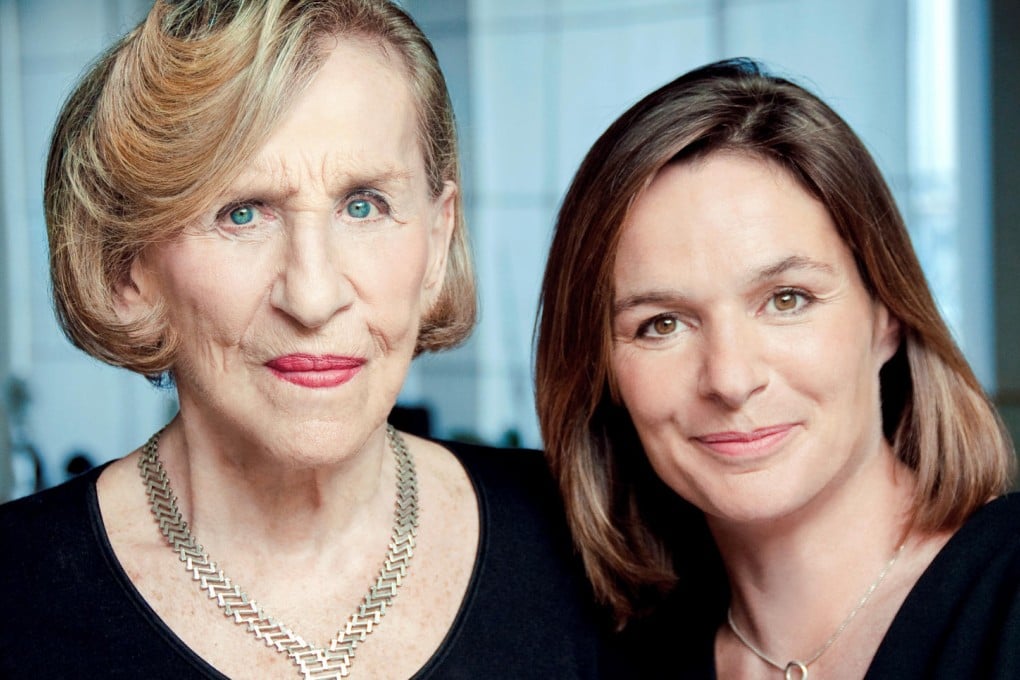New | In Hong Kong show, French designer Olivia Putman celebrates mother's legacy
Exhibition sees Putman exploring the aesthetic relationship between East and West, influenced by the legacy of her late mother

Olivia Putman is the first to acknowledge that she was given a great start in life. "Not everyone has the chance to know that the creativity inside them can be expressed," says the French designer, daughter of renowned designer Andrée Putman and art critic Jacques Putman.
"I think that I had the incredible luck of growing up in my family because we were very close to many artists, I had the chance to listen to them exchange ideas, being totally free to say whatever I felt like.
"Yes, on one hand I would have loved to have a mother taking me out of school with a nice baked brioche, but on the other hand I found out quickly that there was huge luck in being different, and I felt that from very young."
Now at the helm of Studio Putman, Putman has learned to create her own trajectory, one both distinct from the legacy of her mother, who died in 2013 aged 87, and in many ways, continuing where the late designer left off. Growing up in the 1960s and '70s in Paris, with parents who were part of the bohemian Left Bank intelligentsia, she considers herself rebellious to an extent, but also disciplined enough to be constructive with this quality.
Putman first channelled her creative energies into art rather than design, via an art history degree. But in her early 20s, she found the two fields melding in an unusual job for the association Usines Ephémères, which worked to convert disused urban spaces into art studios and exhibition sites. The idea was to prevent squatting and destruction by usefully, legally and temporarily occupying the spaces, and it drew the interest and support of the government, local entrepreneurs, and international artists.
